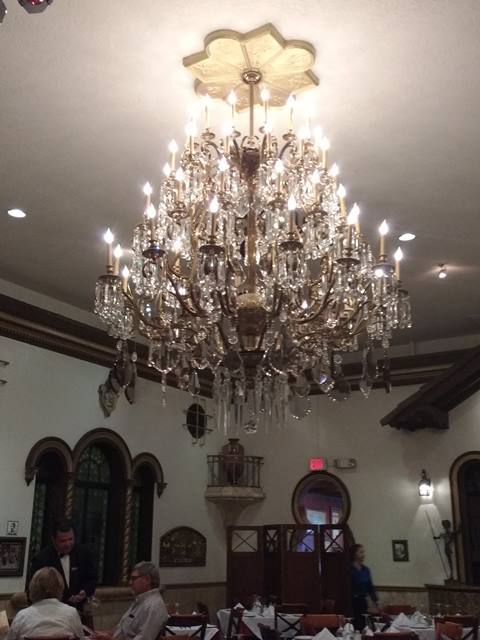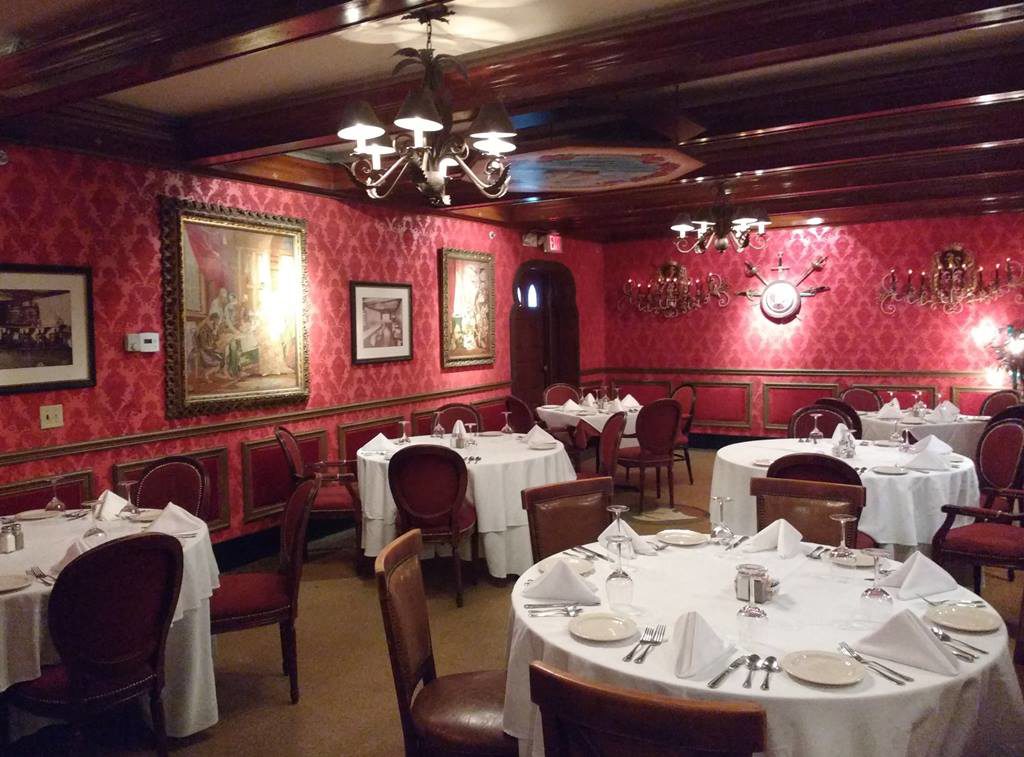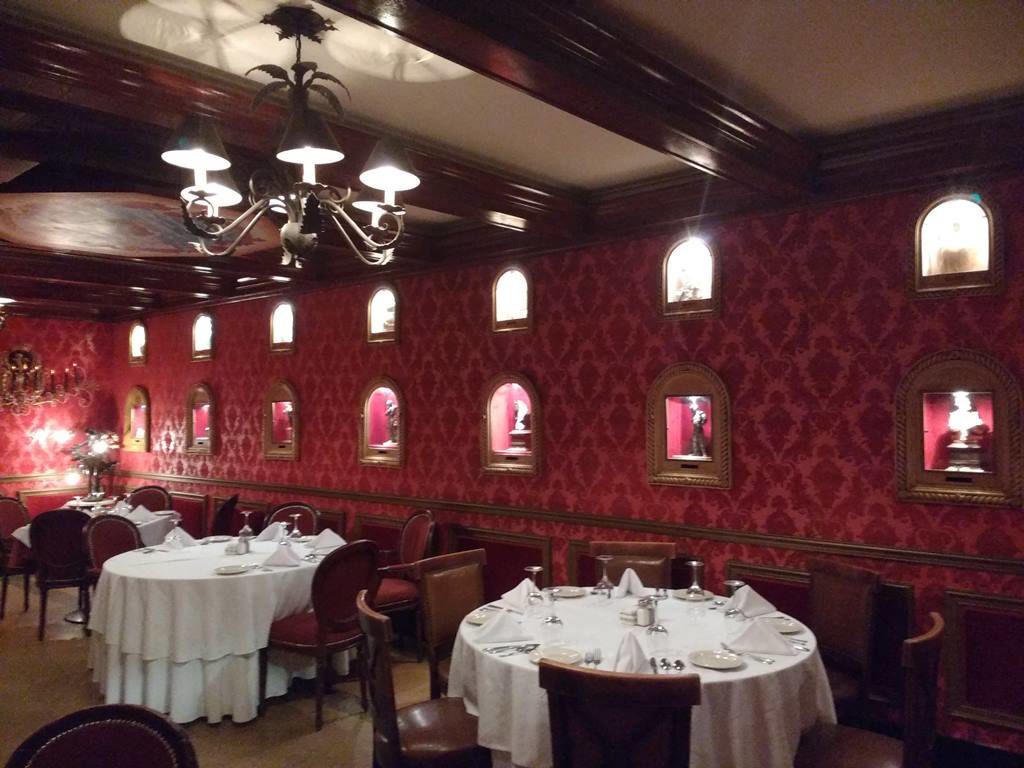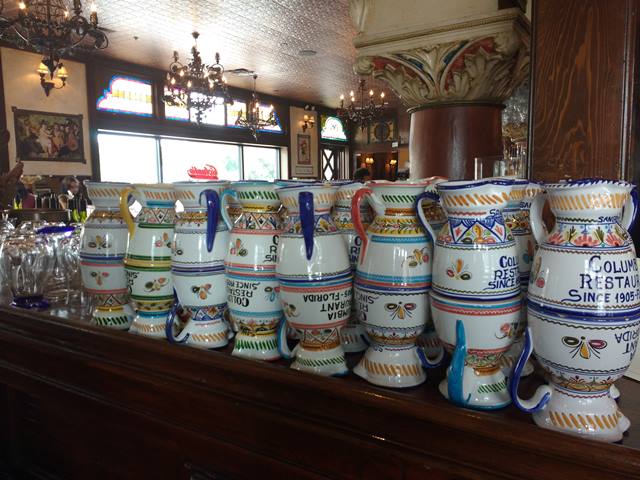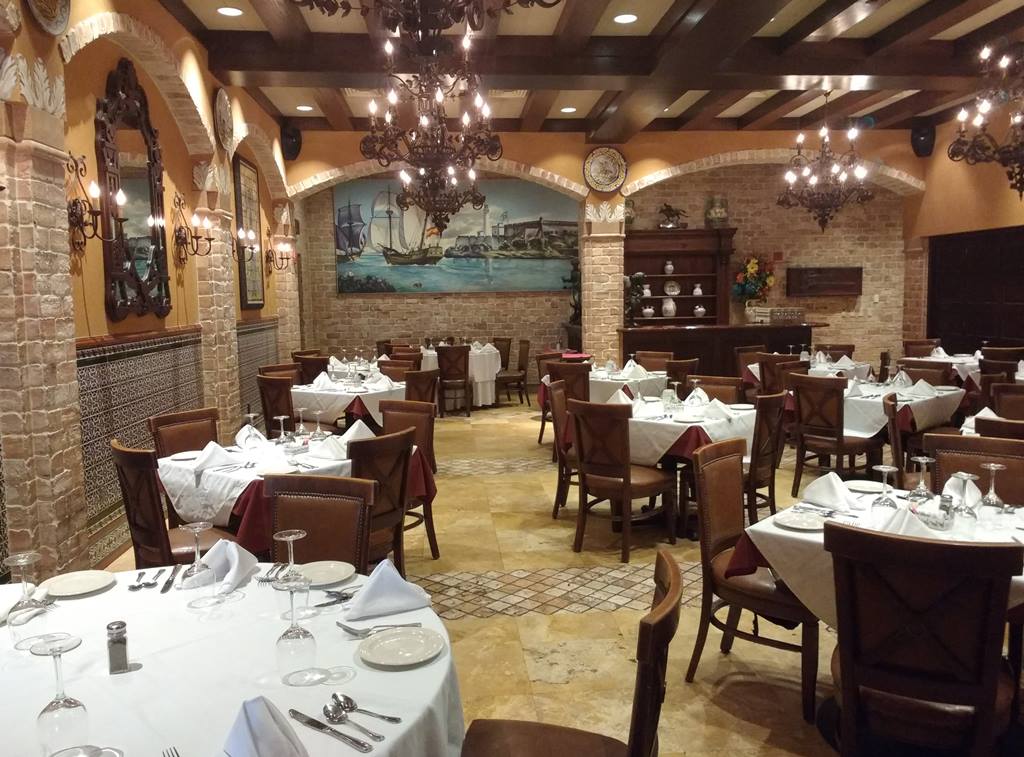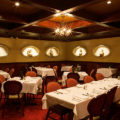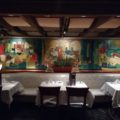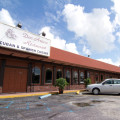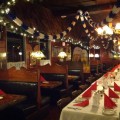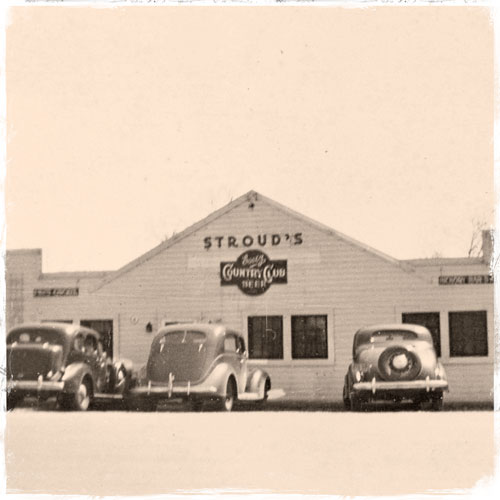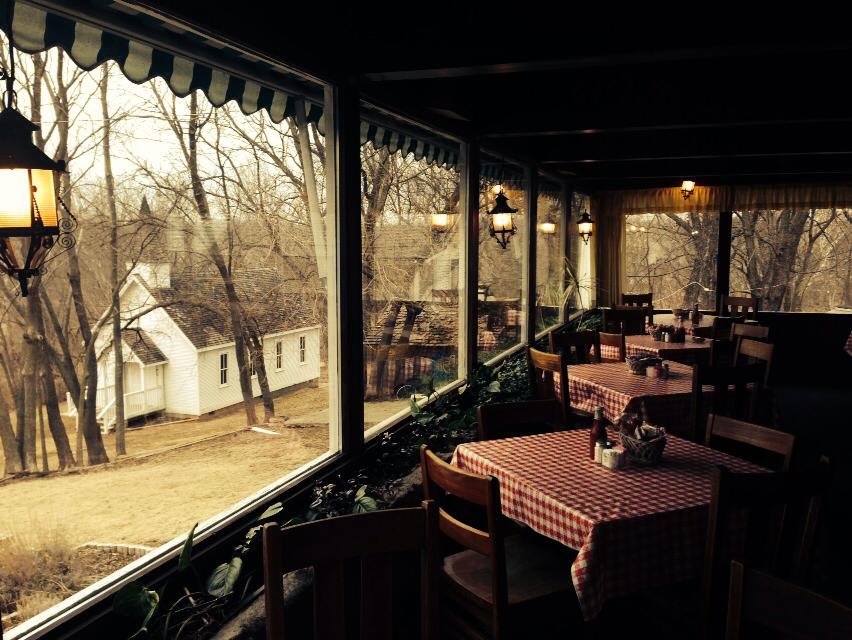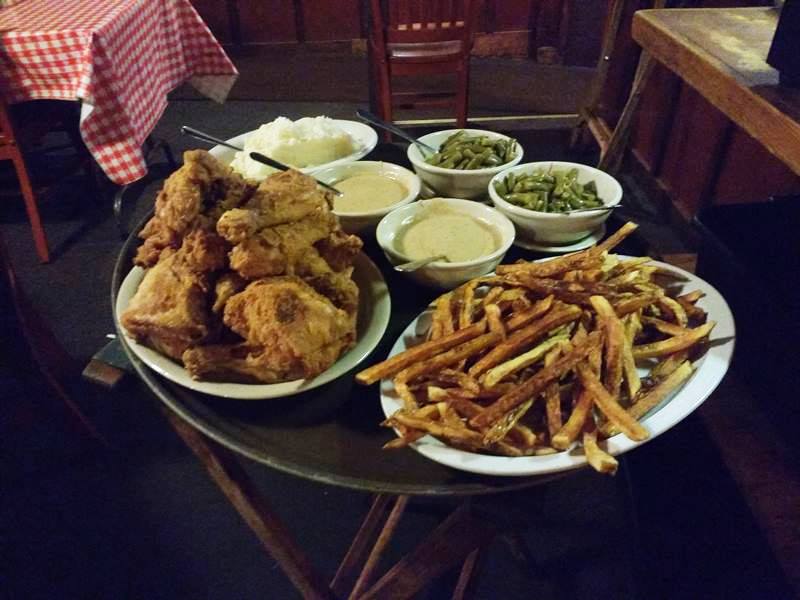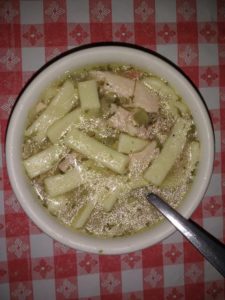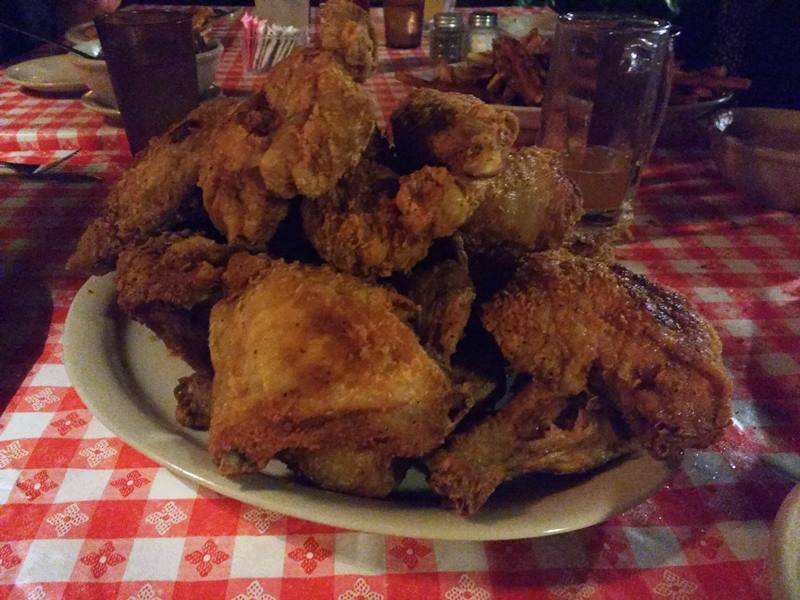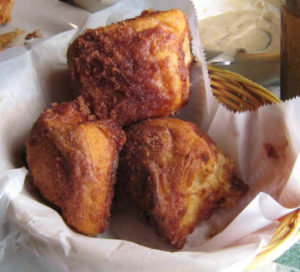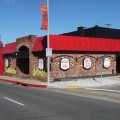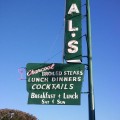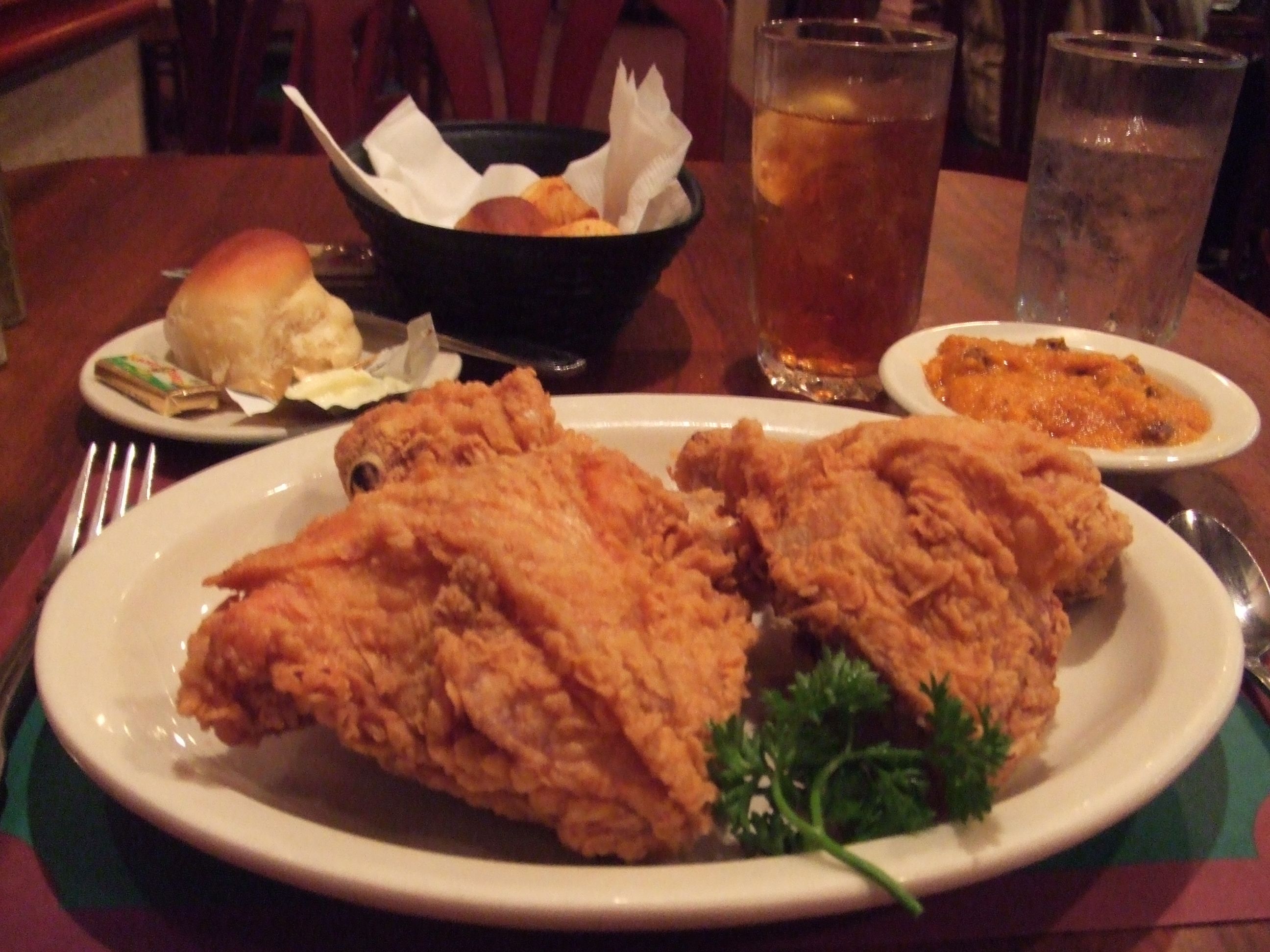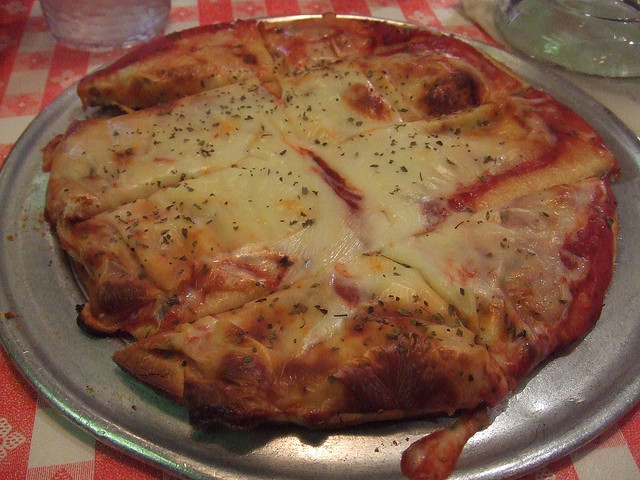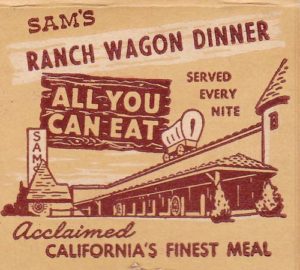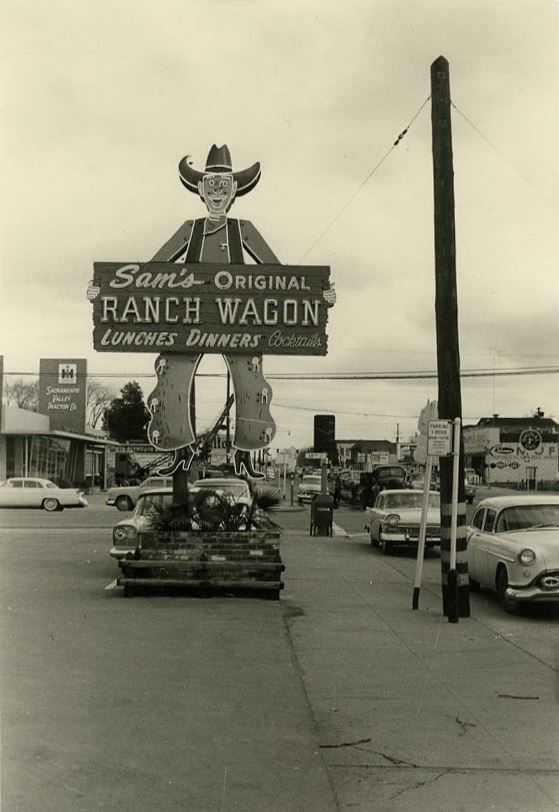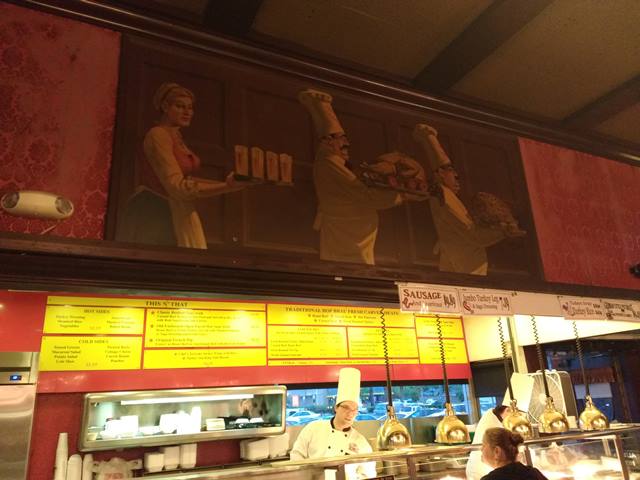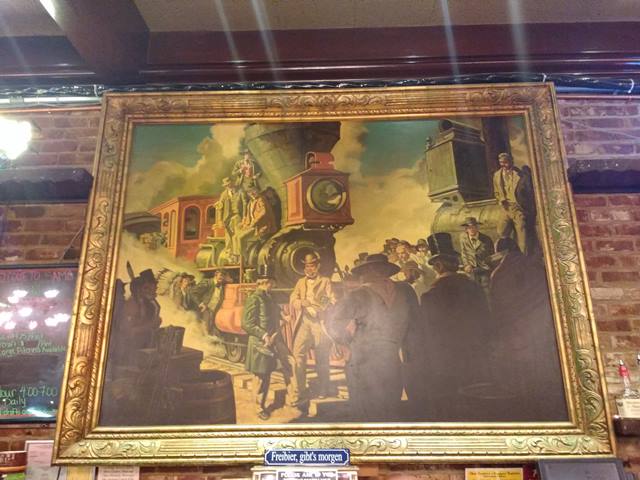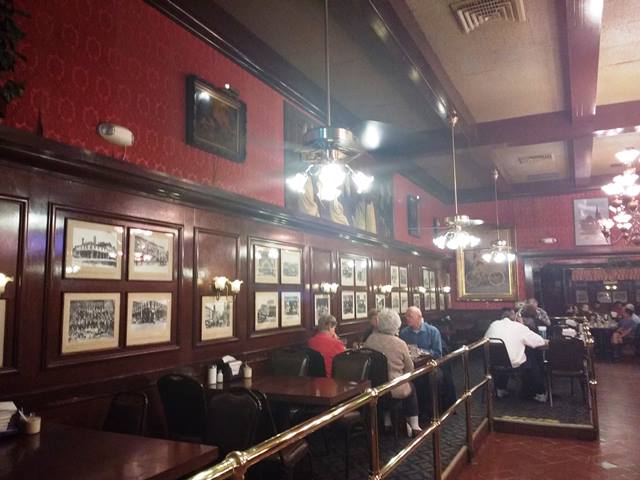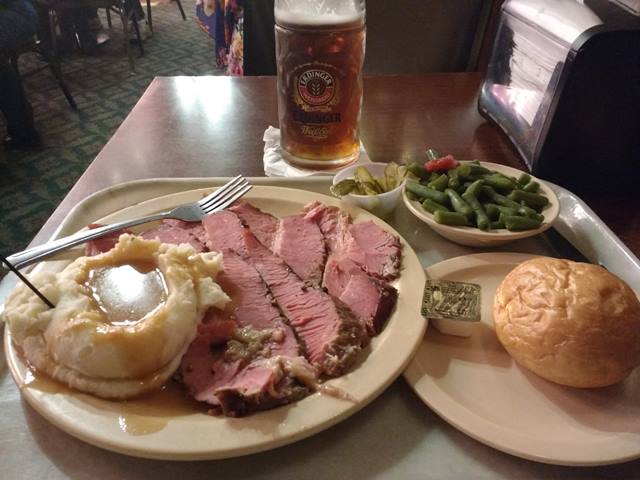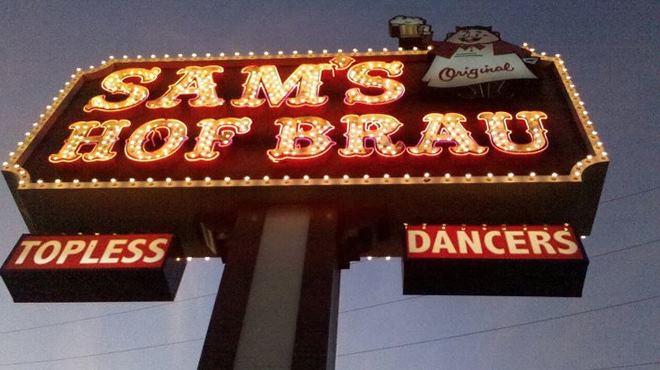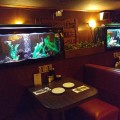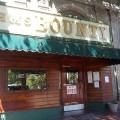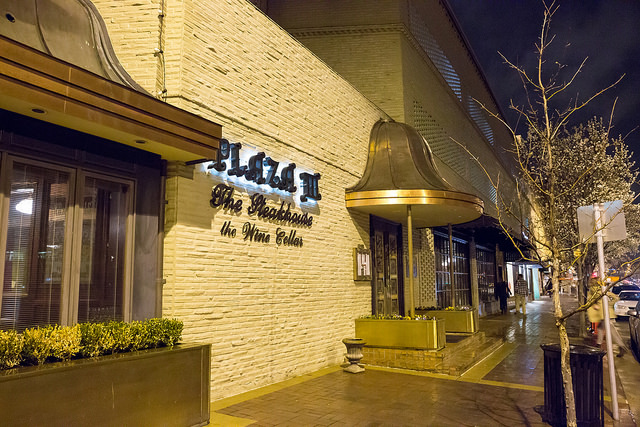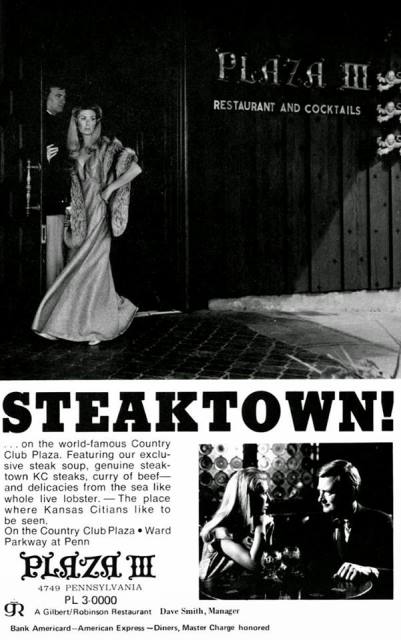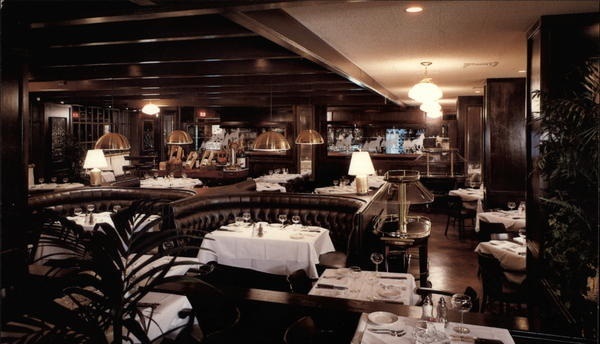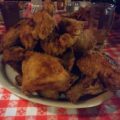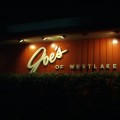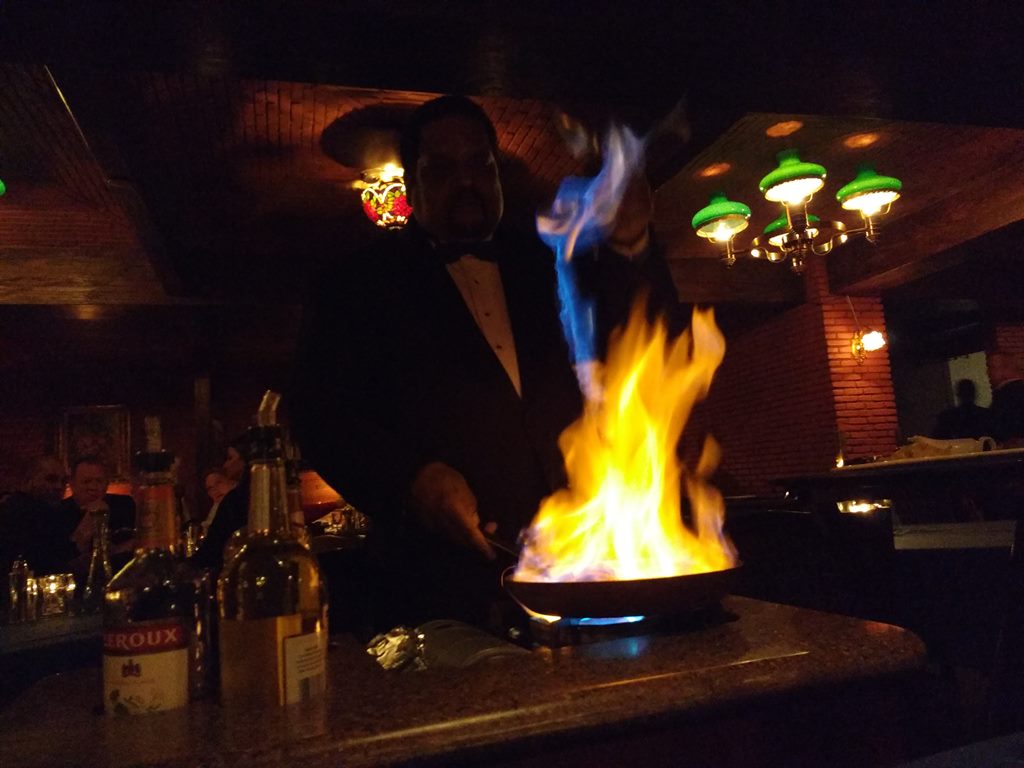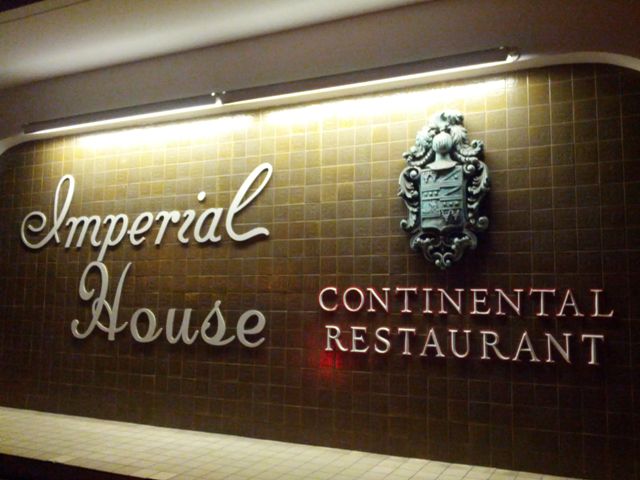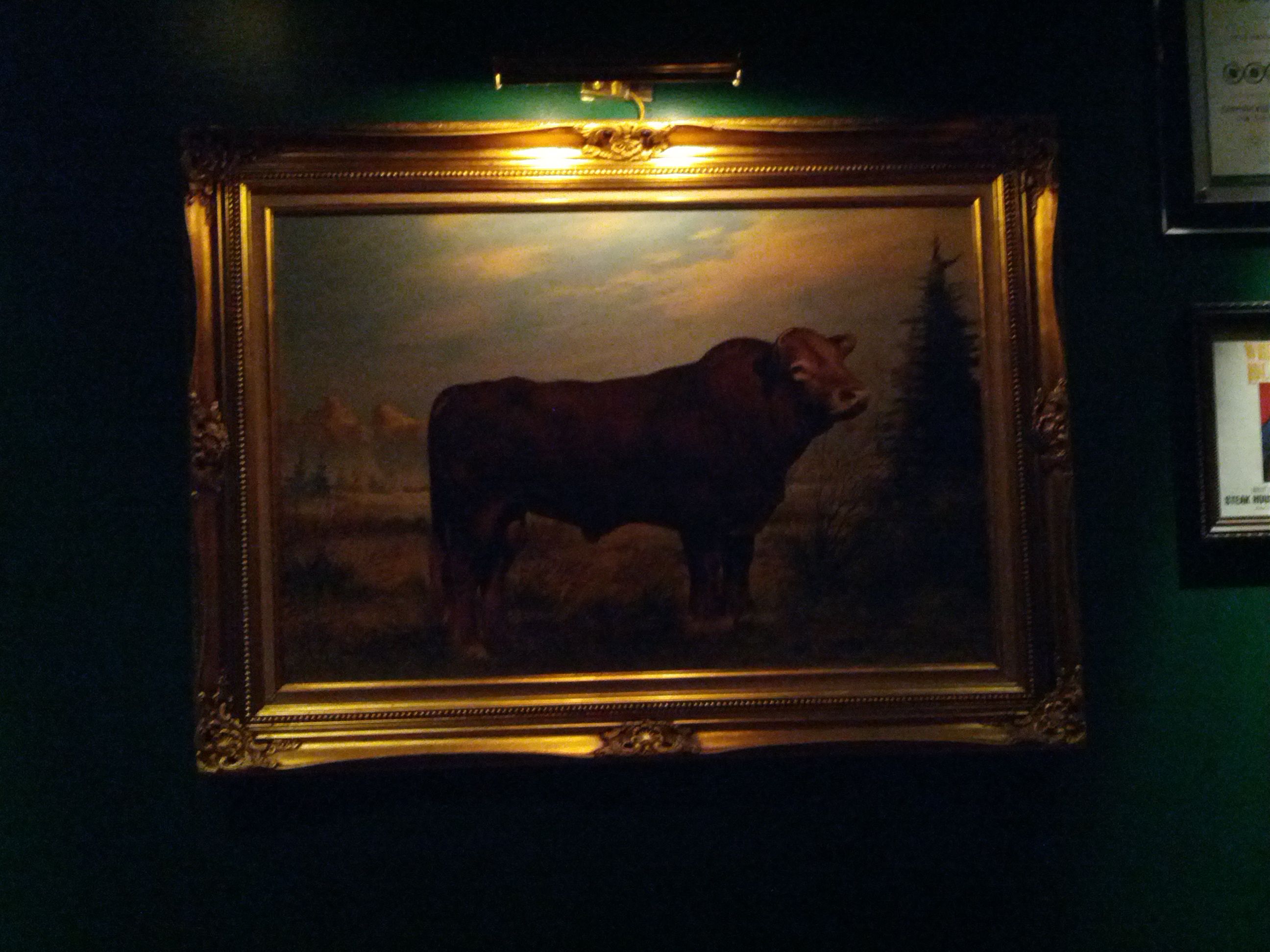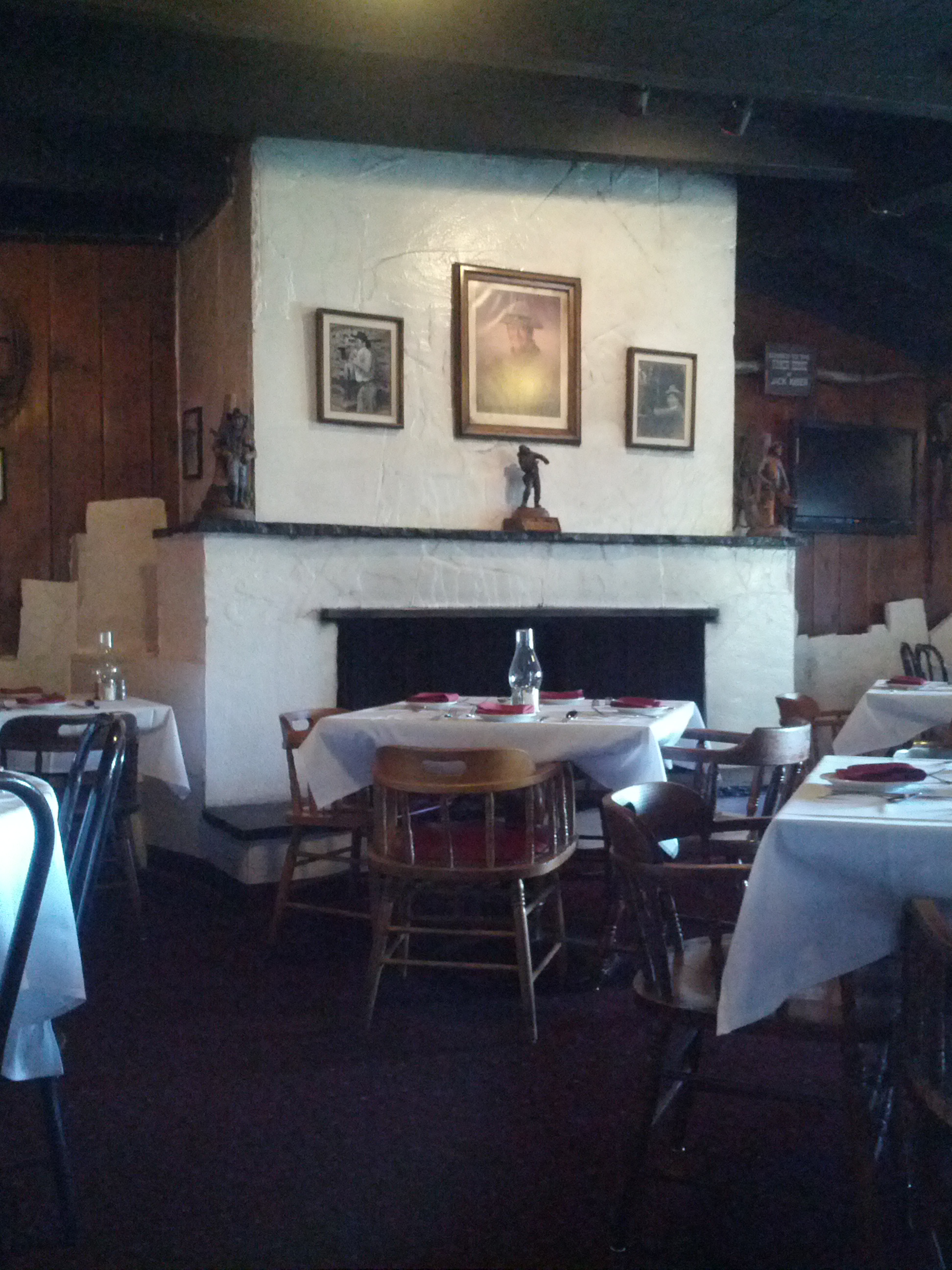Cuban food is SOOOO GOOD in Florida! And cheap! In Tampa, where the Cuban sandwich as we know it (aka the Cubano) was invented, there are plenty of options to choose from for Cuban food. Brocato’s has been making great sandwiches since 1948, and their Cuban is one of the best in the Tampa Bay area. I had a great Cuban media noche sandwich (midnight sandwich, a Cubano on egg bread) in downtown St. Petersburg at the award-winning Bodega. And if you are on a layover and short on time there are two casual restaurants not far from the airport which I was able to try on a recent visit and recommend highly for Cuban food: Arco-Iris and La Teresita (even if you are not in a hurry they are both well worth seeking out). But for the best atmosphere with your Cuban (and Spanish) food Columbia is the place!
Established in Ybor City in 1905, Columbia is the oldest restaurant in Florida (they also claim to be the largest Spanish restaurant in the world, taking up an entire city block!). Cuban immigrant Casimiro Hernandez, Sr. opened the bar and café to serve the Cuban and Spanish cigar workers in the neighborhood (at its manufacturing peak in 1929 Ybor City’s cigar factories produced 500 million cigars!).
In 1930 Casimiro Hernandez, Sr. passed away and his son Casimiro Hernandez, Jr. took over running Columbia. In 1935 the Don Quixote Room was added, which was the first air-conditioned dining room in Tampa. It has Moorish doorways, a 19th-century chandelier, and a balcony with additional seating.
In 1937 Casimiro Hernandez, Jr. added the Patio Room, an Andalusia style dining area.
Casimiro and his wife Carmen had a daughter, Adele, a Julliard-trained concert pianist, who married Cesar Gonzmart, a concert violinist, in 1946. Cesar is hired to help run the restaurant. He expands further, adding the Siboney Room, a 300-seat showroom with top Latin entertainers, to help attract customers to the declining neighborhood.
In 1959 the Columbia Restaurant opened in Sarasota, which is now Sarasota’s oldest restaurant. In 1962 Casimiro Hernandez, Jr. passed away. Cesar and Adela Gonzmart run the restaurant until 1970, when their sons Richard and Casey join them in operations. In the 1980s locations are added in St. Augustine and Clearwater Beach at Sand Key and in 1997 a fifth location is opened in Celebration, Florida. Columbia cafes have also opened recently at the Tampa History Center and the Tampa Airport. In 1992 Cesar passed away and his sons Richard and Casey, the 4th generation, run the restaurant today with many family members also in the restaurant’s employ. In 2004 much of the restaurant was renovated, with new dining rooms and a new kitchen added, but the older dining rooms thankfully remain.
The menu, which has a beautiful cover portraying Columbus’ voyage, is loaded with Spanish and Cuban dishes. There are too many to list, but they are famous for their “1905 Salad”, a basic chef salad made into something special by their signature garlic dressing prepared tableside. The salad was tempting, but I opted for a starter of a deviled crab croquette (croqueta de alba) because I was excited to try it. A Tampa specialty since the Great Depression, it is blue crab meat with garlic and paprika rolled into an elongated ball, coated in bread crumbs and fried. The weather outside was hot so I ordered a large bowl of gazpacho, a chilled tomato-based Spanish soup served with fresh chopped vegetables and croutons, which are added by the server tableside (I appreciated the use of tableside flourishes by the classic waiters in dinner jackets and bow ties). Very delicious and refreshing! My friend loved his Salteado, a stir-fry type dish credited to Chinese immigrants in Cuba made with olive oil, garlic, onions, green peppers, mushrooms, potatoes, chorizo, red wine, and your choice of chicken beef or shrimp (served with yellow rice). His wife enjoyed the roast pork, which is marinated in citrus juice and roasted, then sliced and cooked some more in gravy until very tender. Their Cuban sandwich is made with Cuban bread from La Segunda Central Bakery, in Ybor City since 1915! Cuban bread is also served warm with every meal. For dessert their flan (from a 1933 family recipe) and their white chocolate bread pudding are legendary.
They serve mojitos and sangria, by the pitcher or glass, as well as cocktails. And they have a giant wine list of 234 pages, featuring many fine Spanish and California wines.

some of the press about Columbia restaurant is displayed in the original café dining room – photo by Dean Curtis, 2016
Take your time and explore this enormous restaurant complex. There are historical photos and documents in the halls, and multiple dining rooms, some for private functions. Even the dining rooms added in 2004 are beautiful.
And there is magnificent tile work on the outside of the building.
The Columbia restaurant is a true gem in Florida that is a must-visit dining experience!
Columbia
2117 E 7th Ave, Tampa, FL 33605
(813) 248-4961
Open Mon-Thu 11:00am-10:00pm, Fri-Sat 11:00am-11:00pm, Sun 10:30am-9:00pm





